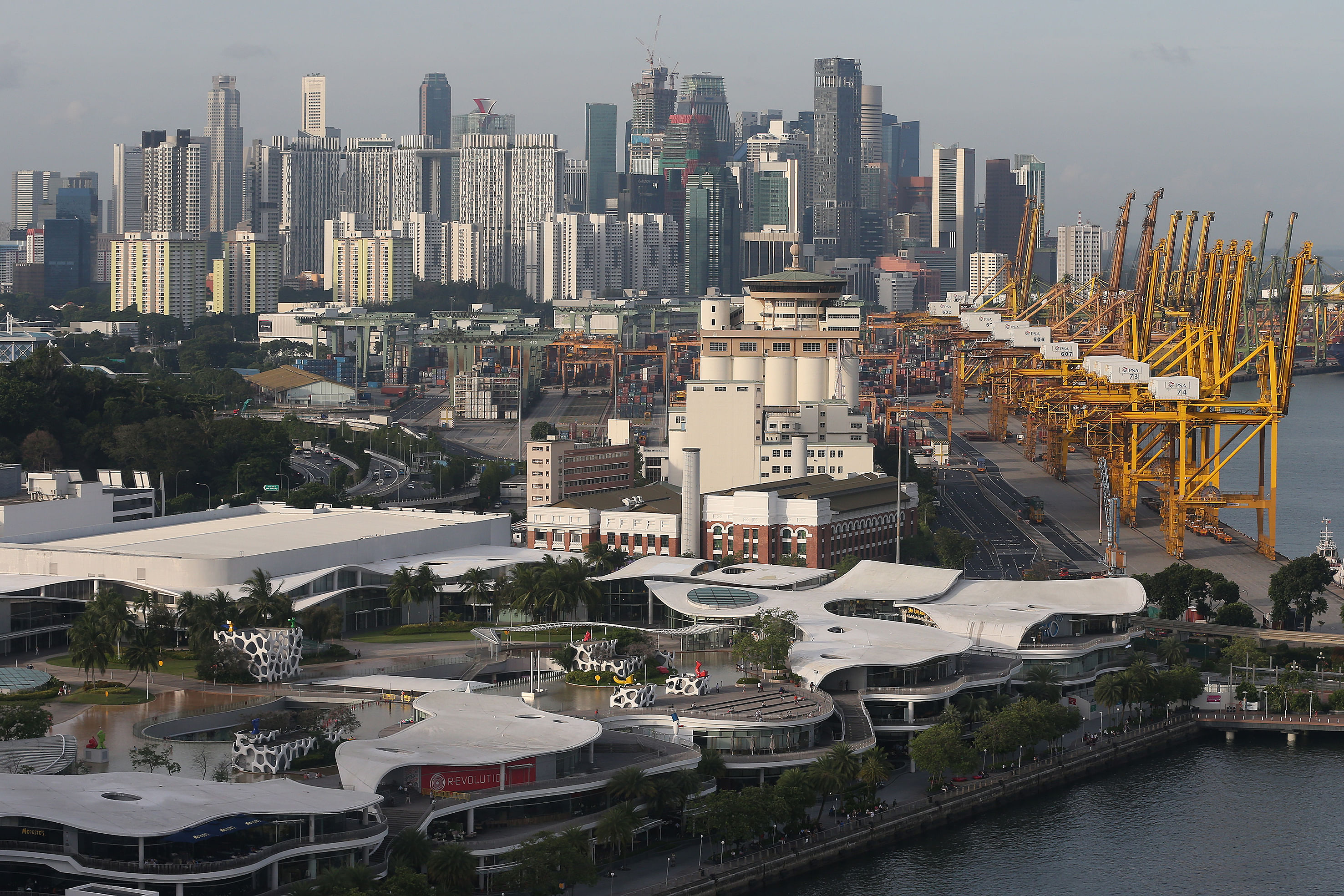I was invited earlier this month to give a lecture and conduct a seminar at the Nanyang Technological University for 70 mid-level officials from various provincial governments in China.
They asked me to speak on the Singapore Government's plan to transform our growth strategy from adding value to creating value. They also asked about the role of the civil service in promoting economic growth and upholding the rule of law. These are penetrating questions which we should also ask ourselves as we face the future.
How do we differentiate between adding value and creating value?
I find Professor Simon Kuznets' input-output analysis useful in understanding the difference.
If one unit of input - be it labour or capital - produces only one unit of output, value is added.

However if output is more, more than one value is created.
Although the Chinese Admiral Zheng He sailed past Temasek - as the island of Singapore was called - in the 17th century, our modern history can be said to have begun only in 1819 when Sir Stamford Raffles, then a clerk in the British East India Company, exchanged Bencoolen for Singapore with his Dutch counterpart.
Raffles chose Singapore because of its strategic geographical position. Situated at the southern-most tip of the Malay peninsula, the waters of the Indian and Pacific oceans merge at this point.
Raffles established Singapore as a free port attracting thousands of immigrants from the Malay Archipelago, India, China and the Middle East. They were fleeing from their impoverished homelands to seek a livelihood in the new British colony.
The colonial government adopted a laissez-faire economic policy, leaving the various races to compete and fend for themselves. Only English-medium schools were established to train clerks for commerce.
Post World War II, the winds of change were blowing strongly through the British empire. Smaller colonies like Singapore were granted self-government. We became responsible for all aspects of public policy except defence and internal security.
In the first decade from 1960 to 1970, the Government attracted garment, toy and hair-wig factories from Hong Kong. These industries, requiring female workers with nimble fingers, started in Japan after the war, cascaded down to Hong Kong and on to Singapore. These labour-intensive industries mopped up the jobless swiftly.
By 1970, we realised that we had to skill up rapidly to remain competitive. The Economic Development Board set up industrial training centres in partnership with precision engineering companies such as Seiko, Nippon Miniature Bearings, Tata and Rollei.
The third phase of development was building up our competence to use technology. This laid the foundation for Singapore to attract petrochemicals, pharmaceuticals and complex oil refining companies to invest here.
Today, competition goes beyond technology. China and India with their large populations and deep talent pools are formidable competitors. How do we compete against these Asian giants and other economies such as Russia, Japan, Korea, Taiwan, Brazil, South Africa and soon Indonesia?
I believe that we can if our engineers, accountants, doctors and other specialists are as competent as their peers in the other rising economies.
Beyond that, however, we need to create an environment where our professionals, students and workers have more freedom to think and to experiment.
The United States continues to be the primus inter pares of nations. Its strength lies not in its arsenals but in its universities. The elite universities excel in scholarship and discoveries because American universities have greater freedom to think.
UNTHINKING OBEDIENCE
Traditionally, the Chinese have always revered scholarship. They select the best and brightest through competitive examinations throughout the land to serve as imperial scholars to help the emperor rule and govern the vast country.
The candidates were asked how they proposed to mitigate and alleviate floods in their provinces. The imperial examinations tested the practical bent of mind of the candidates.
Later, candidates were tested on their literary ability. They were simply asked to quote precedence from Confucious' Analects in solving problems. Instead of thinking out of the box, they simply flew on auto pilot.
This change in direction virtually emasculated the minds of the scholars. It was designed to instil absolute unthinking obedience to the emperor.
In China today, Mr Xi Jinping and Mr Li Keqiang serve as president and prime minister because they are standing members of the Politburo. The primacy of the Chinese Communist Party is not to be questioned. Freedom to think is circumscribed .
The situation in Singapore is different.
Our President's Scholars are the equivalent of the Chinese imperial scholars. But our scholars are selected by an independent Public Service Commission that uses a matrix of factors for selection that go beyond academic achievement.
At the institutional level, there is clear separation of roles between Parliament, the legislature, and the civil service, the executive branch of government.
The prime minister serves only as head of government, the executive branch of government. The president is head of state. The legislature is fully elected. Mr Lee Hsien Loong definitely does not serve as prime minister because he is the secretary-general of the People's Action Party.
To transform into an economy that adds value, Singapore needs our universities to test our students not just on the syllabus but beyond. We have to differentiate between competence and brilliance. This is the difference between thinking within and outside the box.
I believe that our inability to think outside the box is the main reason why we have not been able to raise our labour productivity.
- This article is adapted from a speech delivered at a seminar for officials from China at the Nanyang Technological University.
